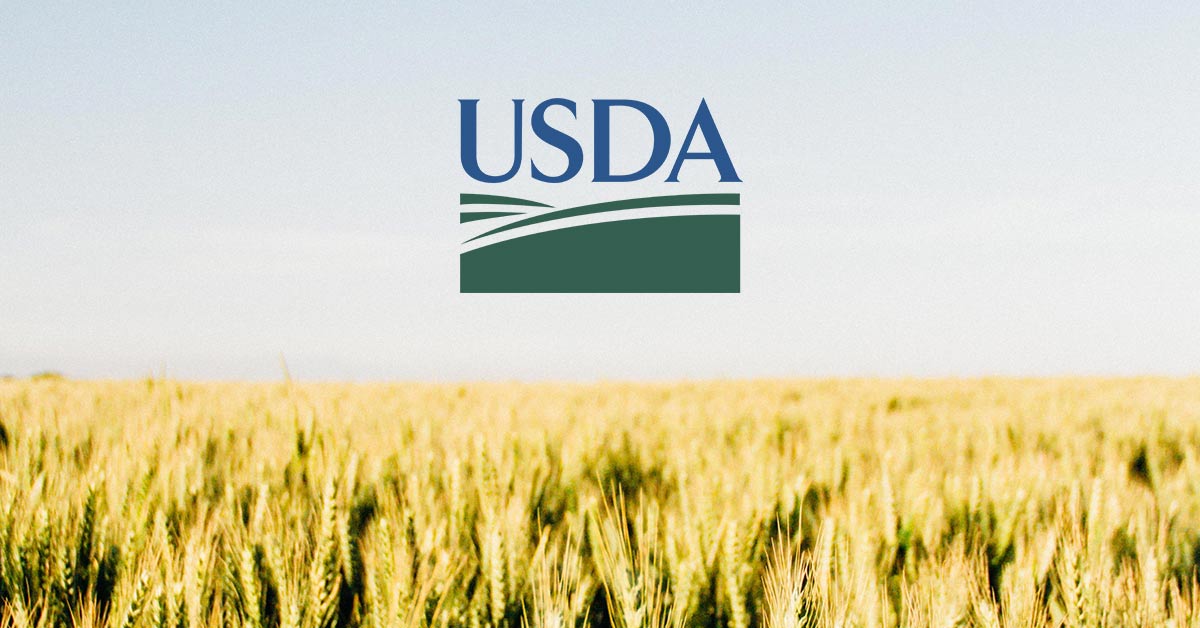Regulatory Rundown: Here’s Where USDA Priorities Overlap CPG

The United States Department of Agriculture (USDA) is tasked with prioritizing how agricultural products get from the farm to the plate in a safe and healthy manner. Under this purview, the agency’s priorities in relation to CPG food tick many buckets including strengthening the organic system, providing additional resources to highly competitive industries like meat and poultry processors, ensuring proper food labeling regulations, and ensuring more public access to healthy food in schools or as part of the Supplemental Nutrition Assistance Program (SNAP).
Here are some of the USDA’s top priorities for the CPG industry over the last three years:
Promoting Organic Agricultural Production
The agency has devoted over $375 million to expanding and strengthening production of and access to organic agricultural products. In August 2022, the USDA announced the $300 million Organic Transition Initiative (OTI) aimed at enhancing organic markets to address the demand for organically produced products that was estimated at over $67 billion in 2022.
Cognizant of the added costs incurred to small farmers and producers looking to transition existing farmland to an organic production model, the OTI provides additional resources including mentorship, grants and cost-sharing initiatives to make the organic certification process more equitable.
Strengthening Supply Chains
After returning to his former position as head of the USDA in February 2021, Secretary Tom Vilsack stated that supply chains were one of the most pressing “vulnerabilities” in the food system. The agency subsequently devoted over $4 billion of the Biden White House’s “Build Back Better Plan” to creating a fair, competitive, distributed, and resilient food system.
The meat and poultry industry, particularly processing plants, has seen increased consolidation over the last two decades that has hampered competition and put a strain on how shoppers get animal protein. The USDA invested over $1 billion to level the playing field for smaller meat and poultry producers by offering education, resources, loans and grants to increase capacity within the industry.
Part of the emphasis on supporting food supply chains includes bringing regional food business centers to underrepresented areas. The agency recently announced that the 12 new centers accounting for $420 million in funding will increase capacity and offer opportunity to small and mid-sized farms.
Clarity In Food Labeling
In coordination with the Food and Drug Administration (FDA), the USDA has embarked on a campaign to update and modernize food packaging labeling. Most food labeling regulations go through the FDA except when it comes to meat and products that bear the USDA Organic seal. Attempting to create a definition for “healthy” on CPG packaging is one of several ways in which the two agencies are working together to modernize food labels and provide more clarity to consumers.
The FDA and USDA are also collaborating on regulating the cell-cultured meat industry with USDA leading the rulemaking on food labeling. In the last year, two cell-cultured meat companies – Upside Foods and GOOD Meat – were cleared by the FDA (but await USDA approval) to begin selling chicken products derived from animal cells.
Most recently, the USDA’s Food Safety and Inspection Service (FSIS) has proposed a rule to put new regulations on voluntary label claims of “Made in USA” or “Product of USA” on meat or egg products. The new rule would redefine the term to only be used on products that derive from animals born, raised, slaughtered and processed in the United States.
Food Safety
The USDA (along with its counterparts in the FDA) are also reassessing how FSIS can be better utilized to prevent foodborne illnesses. In 2022, FSIS announced a new framework to evaluate and reduce the number and severity of salmonella outbreaks in poultry products. The department has also increased its inspections of meat and poultry processors as the industry is put under more scrutiny by federal and state regulators.
Increasing Access To Nutritious Food Products
SNAP, the federal nutrition assistance system, is overseen by the USDA. The agency has focused resources into broadening the program’s access to healthy foods. Recently, new legislation was introduced in the House of Representatives that would amend SNAP’s incentive program to include frozen produce encouraging recipients to use the benefits on more fruits and vegetables.
This week the USDA’s Food and Nutrition Service (FNS) announced it had awarded $16 million to 36 projects “aimed at testing innovative outreach strategies to increase participation and equity in the Special Supplemental Nutrition Program for Women, Infants, and Children, known as WIC.”
Additionally, the FNS has embarked on a reevaluation of nutrition standards for school meals under a new rule. It is another effort to modernize the agency’s standards to be in line with current scientific research on nutrition and healthy eating for children.

















